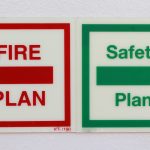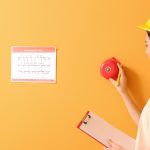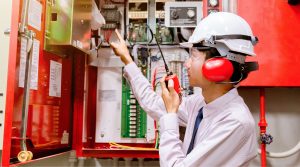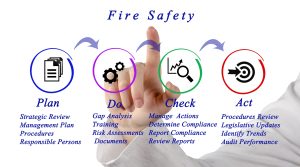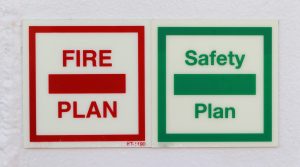
Preparing for an SCDF Fire Safety Inspection: Tips for Success
Introduction
Ensuring compliance with the Singapore Civil Defence Force (SCDF) fire safety regulations is crucial for businesses, property owners, and facility managers. Failing an SCDF fire safety inspection can lead to costly fines, operational disruptions, or even legal action. Proper preparation can help streamline the process and ensure your premises meet all necessary safety standards. Here’s a comprehensive guide to help you prepare effectively.
Understanding SCDF Fire Safety Inspections
SCDF conducts fire safety inspections to ensure that buildings comply with the Fire Code and other safety regulations. These inspections are typically carried out at commercial properties, residential buildings, industrial sites, and construction projects.
Key Areas of Focus During an Inspection
SCDF officers assess various fire safety aspects, including:
Fire Protection Systems: Ensuring that fire alarms, sprinklers, and extinguishers are functional.
Escape Routes: Confirming that emergency exits and escape routes are unobstructed and properly marked.
Fire Safety Equipment: Checking fire hoses, smoke detectors, and fire suppression systems.
Emergency Preparedness: Evaluating fire evacuation plans and fire drill records.
Building Layout Compliance: Ensuring adherence to approved fire safety designs and layouts.
Steps to Prepare for an SCDF Fire Safety Inspection
1. Review Fire Safety Compliance Requirements
Familiarize yourself with the latest SCDF fire safety regulations, including the Fire Safety Act and Fire Code. Ensure that all aspects of your building meet the prescribed requirements.
2. Conduct a Self-Assessment
Perform an internal fire safety audit before the official inspection. This allows you to identify and rectify any non-compliance issues. Key areas to check include:
Fire extinguishers and hose reels are accessible and functional.
Emergency lighting is operational.
Exit doors are unlocked and unblocked.
Fire alarms are in good working condition.
3. Maintain Proper Documentation
Ensure that all necessary fire safety documents are up to date and readily available, including:
Fire Safety Certificates (FSC)
Fire drill records and evacuation plans
Maintenance and servicing records for fire protection systems
Training logs for fire safety personnel
4. Train Staff and Occupants
Educate employees, tenants, and building occupants on fire safety protocols, including:
How to use fire extinguishers
Emergency evacuation procedures
Reporting and responding to fire incidents
5. Address Common Non-Compliance Issues
Some of the most common fire safety violations include:
Blocked or locked emergency exits
Expired fire extinguishers or missing fire safety equipment
Poorly maintained fire alarms and sprinkler systems
Lack of proper fire safety signage Addressing these issues beforehand can prevent failures during the inspection.
6. Schedule Routine Fire Safety Maintenance
Regularly service and inspect all fire protection systems to ensure they are in optimal condition. Engage licensed fire safety contractors for maintenance and repairs as needed.
7. Conduct a Pre-Inspection Walkthrough
A final walkthrough before the SCDF inspection can help identify last-minute issues. Assign a responsible team member to oversee the process and ensure all safety measures are in place.
What to Do If You Fail an SCDF Fire Safety Inspection
If your premises do not pass the inspection, SCDF will provide a list of deficiencies that need to be rectified. Follow these steps:
Address the issues promptly and ensure compliance.
Engage a fire safety professional if necessary.
Schedule a re-inspection with SCDF.
Conclusion
Proper preparation is key to passing an SCDF fire safety inspection smoothly. By adhering to fire safety regulations, conducting regular maintenance, and training occupants on emergency procedures, businesses and property managers can ensure a safe and compliant environment. Taking these proactive steps not only helps in passing inspections but also significantly enhances overall fire safety on the premises.

